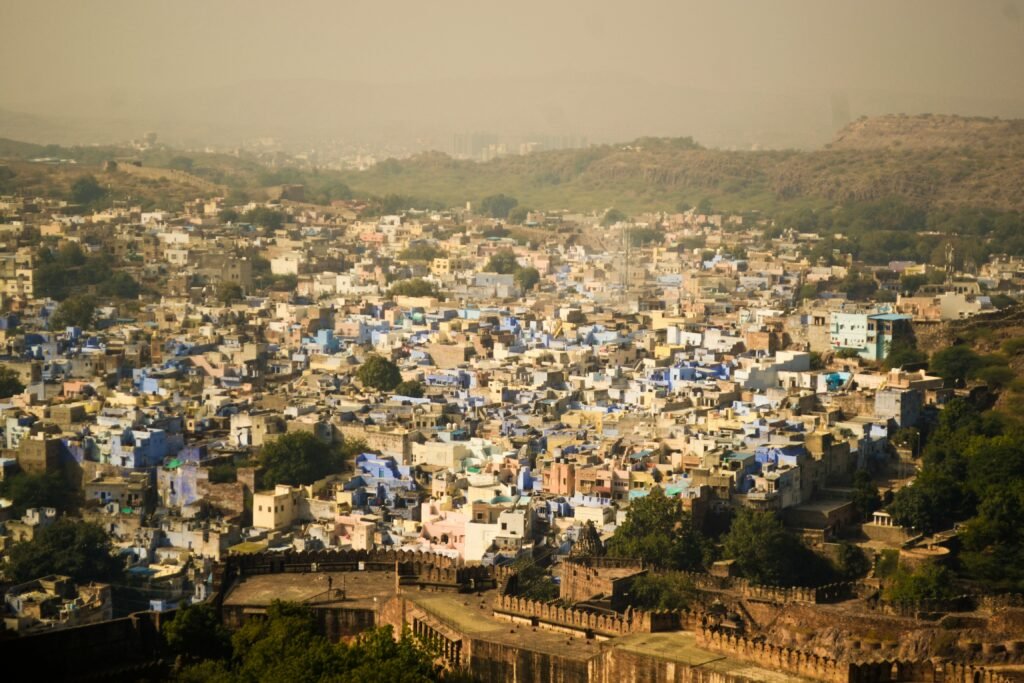
The Evolution of Indian Literature Through Ages
Indian literature boasts a rich tapestry woven from diverse linguistic traditions and cultural influences, with its roots extending deep into antiquity. The evolution of Indian literature can be broadly categorized into several significant periods, each marked by distinctive styles, themes, and prominent authors. The earliest texts, such as the Vedas and Upanishads, exemplify the profound philosophical and spiritual quest of ancient Indian society. These composed works were primarily oral, reflecting the oral tradition common in many early civilizations.
As time progressed, classical literature emerged, characterized by its sophisticated use of language and intricate poetic forms. The epics, namely the Mahabharata and Ramayana, played a pivotal role in shaping the moral and ethical landscape of Indian society, infusing literature with deep narratives reflecting the complexities of human experiences. Regional literature began to flourish during the medieval period, with languages like Tamil, Bengali, and Hindi giving rise to a myriad of poets and writers, such as Tulsidas and Kabir, who explored themes of love, devotion, and social reform.
The colonial period introduced new literary movements, fueled by the socio-political upheaval that accompanied British rule. Renowned authors like Rabindranath Tagore and R. K. Narayan emerged, incorporating elements of realism and modernism into their works. They used literature as a platform for advocating social justice and independence, thereby influencing subsequent generations. In the post-independence era, Indian literature witnessed further diversification, featuring voices from various cultural backgrounds, often addressing contemporary issues such as globalization, identity, and gender.
Consequently, the evolution of Indian literature reflects the dynamic interplay between history, culture, and language and showcases the country’s inherent diversity. Today, this literary landscape continues to thrive, with writers experimenting across genres and pushing the boundaries of traditional narratives, thereby enriching the global literary canon.
Celebrating Lesser-Known Literary Voices
Indian literature is a vast and intricate tapestry, woven with the threads of diverse cultures, dialects, and regional narratives. While many renowned authors have achieved fame nationally and internationally, there exists a treasure trove of lesser-known literary voices that merit recognition. These authors often reflect unique perspectives rooted in their cultural identities, contributing significantly to the richness of Indian literature.
Regional literature plays a crucial role in unearthing these underrated voices. Across India, countless authors write in their native languages, capturing the essence of local traditions, folklore, and societal issues. For instance, writers such as Kiran Nagarkar and Bhalchandra Nemade have brought the nuances of Marathi literature to the forefront. Their works delve into the socio-political landscape of Maharashtra, revealing stories that resonate with broader human experiences while still being grounded in regional realities.
Moreover, dialects and indigenous storytelling traditions enrich the narratives produced by these authors. The use of regional dialects in literature not only preserves linguistic diversity but also connects readers to the cultural contexts from which these stories emerge. The oral storytelling tradition, vital in many indigenous communities, continues to inspire contemporary writers, allowing them to incorporate elements of folklore into their works, thus bridging the past and present.
Rediscovering these hidden gems of Indian literature invites readers to step outside the mainstream and embrace a plethora of narratives that may have been overlooked. By exploring this vast spectrum of voices, readers gain insights into the rich cultural and emotional textures of India’s multifaceted society. These authors, though lesser-known, significantly contribute to the evolving narrative of Indian literature, reflecting stories that deserve a wider platform and appreciation.
